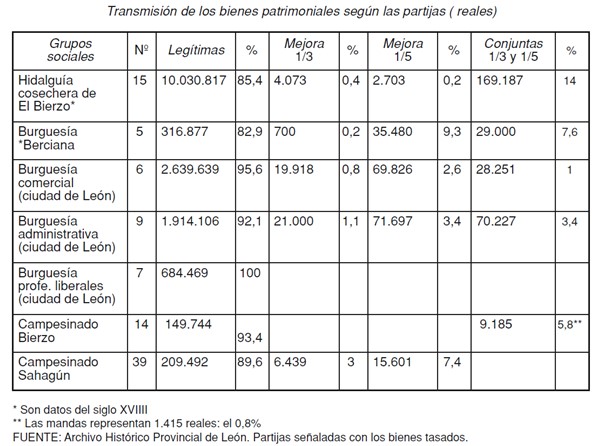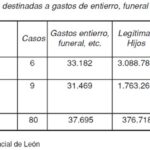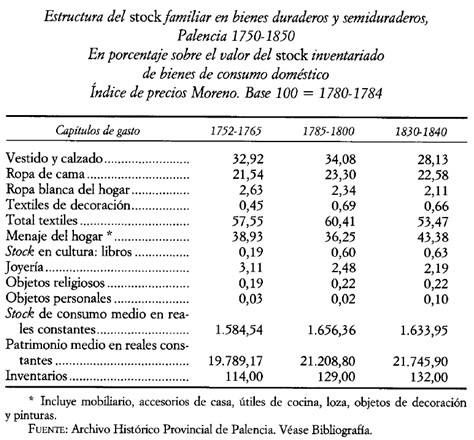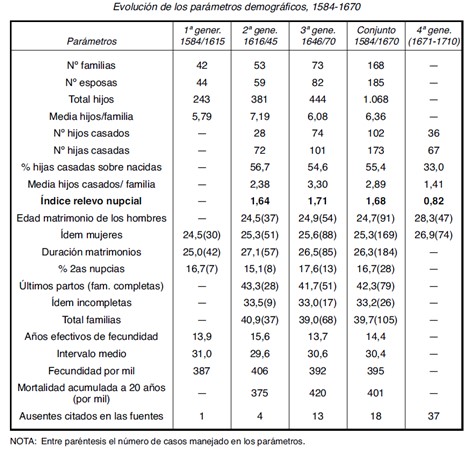
Resource oriented to the analysis of the expenses that were made, within the wills, for the burial, funeral and the salvation of the soul of the deceased. These items came out of the fifth of free disposal. The author investigates these deductions by means of the percentage that these expenses represented with respect to the inheritance received by their children. At first, it is noticed that the higher the legitimate, the lower the funeral expenses would be in relation to it. The group of merchants and financiers in the city of León showed the average legitimate per child to be 134,295 reales, with the average funeral expenses being 5,530 (1%). This figure was 1.8% for the administrative and liberal professions bourgeoisie. Finally, the peasantry, with the amount of legitimate patrimony they had at their disposal, the deduction for religiosity was 10%. Thus, the most precarious family economies saw how these expenses affected to a greater extent their capacity for social reproduction and the forging of new family nuclei.
Collection: Statistics
Project: 3. Rural world and urban world in the formation of the European identity., 4. Family, daily life and social inequality in Europe.
Chronology: XVIII
Scope: Secondary Education, Baccalaureate, University
Link: https://www.adeh.org/revista/2009,%201/Bartolome%20Bartolome.pdf
Resource type: Statistics
Format: Table
Source: Bartolomé Bartolomé, J. M. (2009)."Las prácticas hereditarias en la provincia de León. Cantidades y bienes que escapan al reparto igualitario y a las legítimas (1700-1850)", en Revista de Demografía Histórica, XXVII, 1, p. 49.
Language: Spanish
Date: 2009
Owner: Pablo Ballesta Fernández (Modernalia)
Copyright: ©Revista de Demografía Histórica ©Juan Manuel Bartolomé Bartolomé
Abstract: Amount destined to the salvation of the soul in wills as a reflection of religiosity in the urban world of the city of León and in the rural world of Sahagún
Image
Tags







